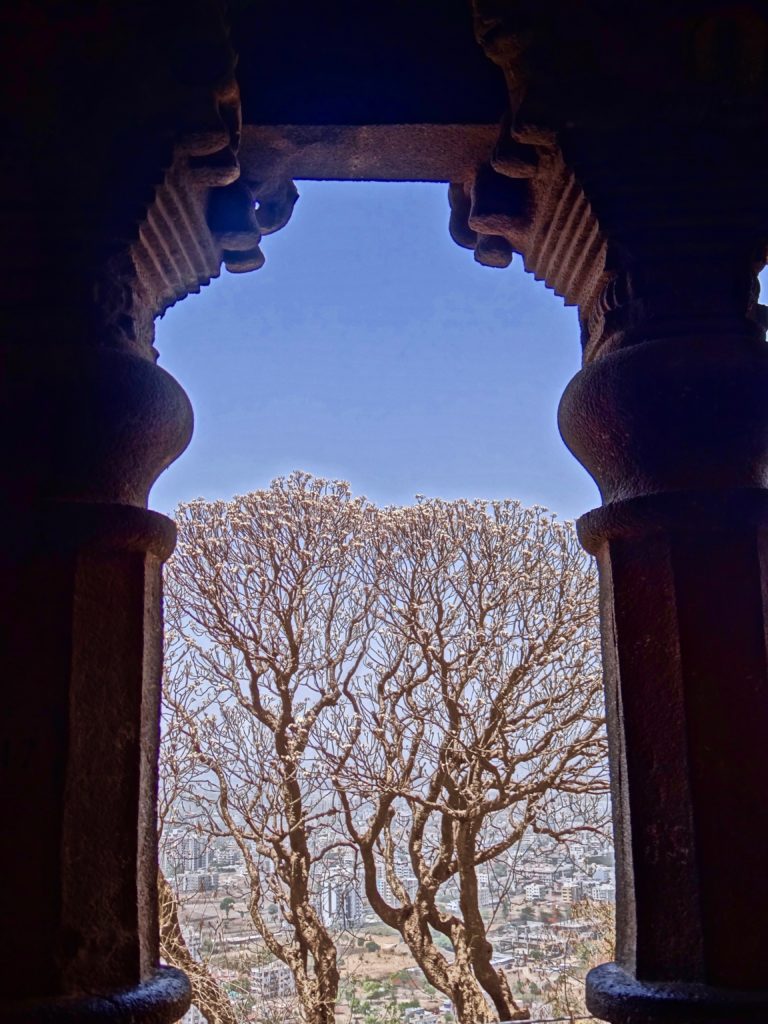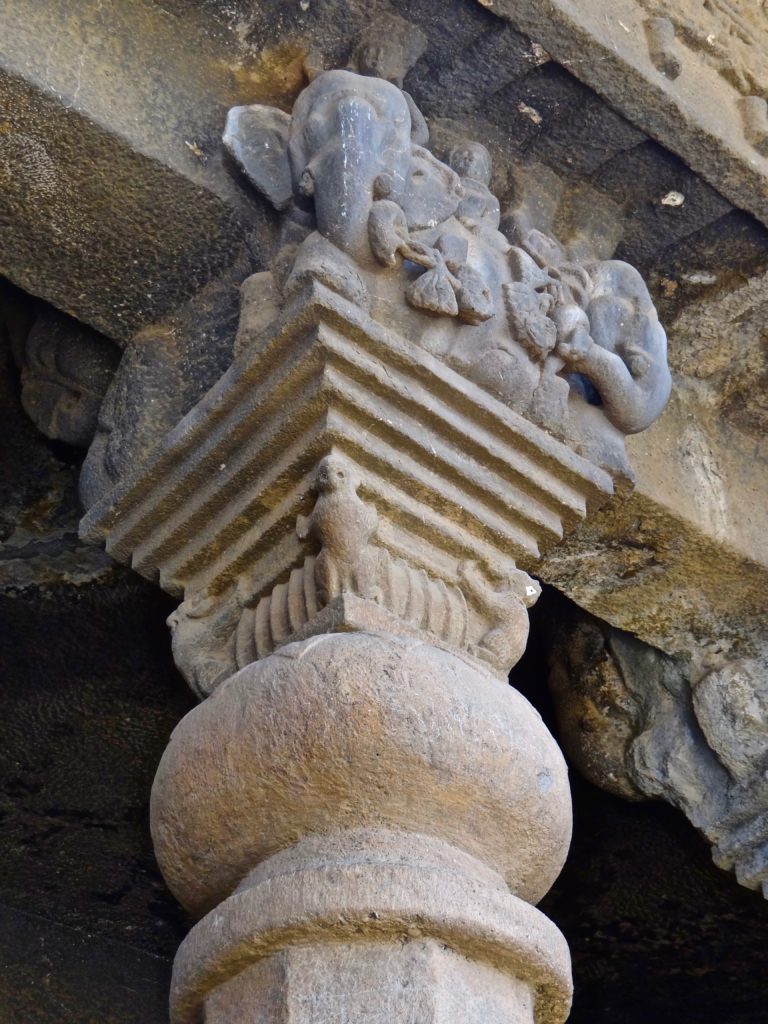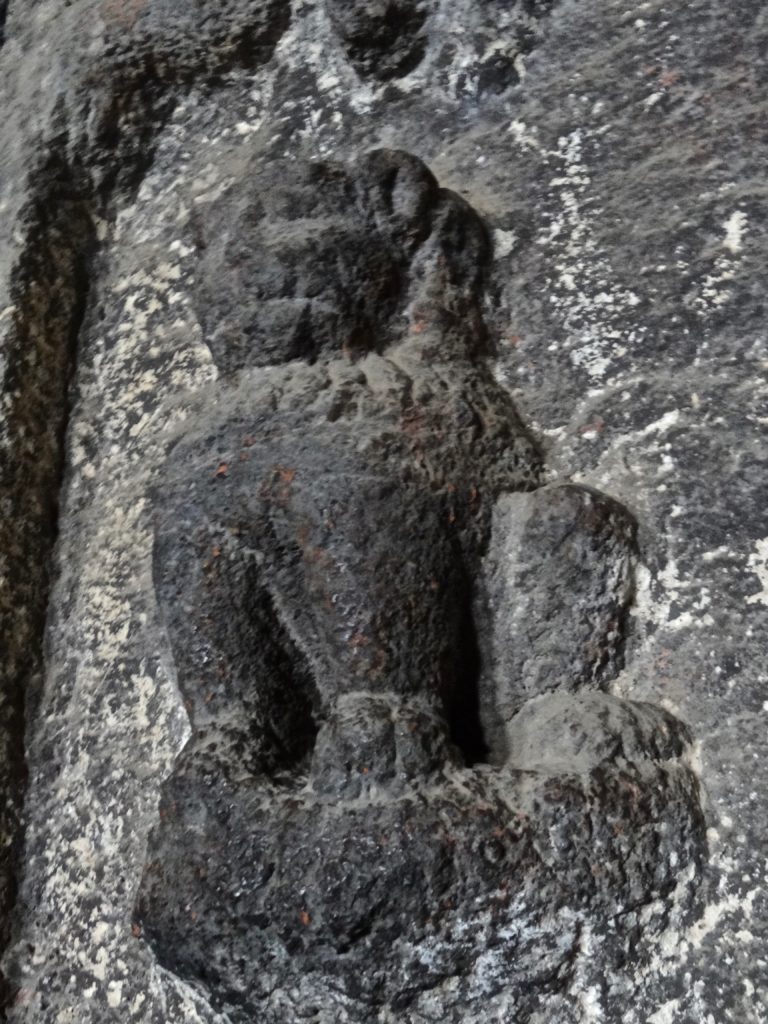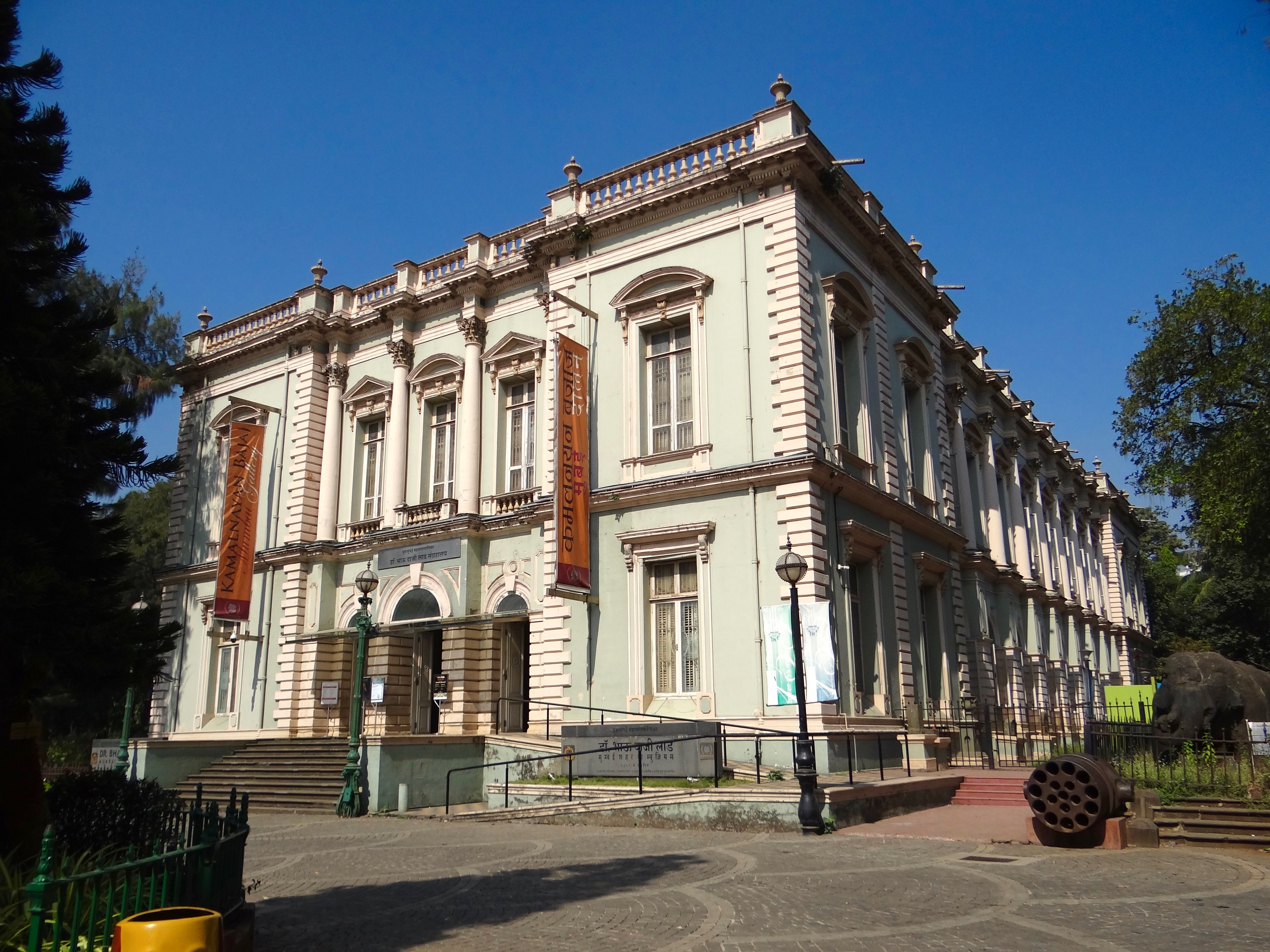
Deciphering the Pandav Caves
Deciphering the Pandav Caves
Uncover the relatively unknown Pandavleni in Nashik
Watch the Podcast
Listen to the Podcast
<iframe title=”Ep 9: Pandav Caves: India’s Hidden Treasure” height=”400″ width=”400″ style=”border: none;” scrolling=”no” data-name=”pb-iframe-player” src=”https://www.podbean.com/media/player/6r4fj-c867db?from=yiiadmin&download=1&version=1&vjs=1&skin=8&auto=0&download=1&pbad=1″></iframe>
Nashik is India’s wine capital. It produces about 75% of the total wine produced in the country. However this is a recent development. About 2000 years ago, the region around Nashik was not a wine producing area but a centre of Buddhist activities.To remember its cultural past, Nashik sports its very own cave complex- the Pandavleni.
It was my first visit to Nashik and the temperatures in summer were a gruesome 40 celsius. So it was after much debate that we decided to save our visit to the Pandavleni for another trip in winter.
It was on impulse and lack of any other historic site to visit, that we found ourselves on the foothills of the Trirashmi hill some 8 km from the Nashik City Centre looking up at the Pandavleni. The dry summer heat was not friendly at all. The sweltering 40 degrees sun was smirking down upon us and yet we decided to brave the waters.
On asking around, we were told that the climb is just 15 minutes and not as unkept and adventurous as it used to be about a decade and a half ago, as my parents recalled it was.
So at 1 o’clock under the full blaze of summer, we set off up the Trirashmi hills to visit the Pandavleni.
Why this Strange Name?
You must have been wondering about this rather strange name- Pandavleni. Do you call these caves Pandavleni or Pandavleni caves? What is with the reference to the Pandavs from Hindu texts?
Firstly Pandavleni itself translates as Pandav Caves in Marathi since caves are called ‘Leni.’ So I don’t think its wise to called Pandavleni, ‘Pandav Caves Caves’.
As to its name, ‘Pandav’ is not a reference to the Pandav brothers from our Hindu scripts. It is according to some a mispronunciation that has stuck with us as the time passed, like a Chinese whisper.
When this cave complex was first built, this hill was called Trirashmi. So the caves came to be known as Trirashmi caves.
Some sources suggest the reason behind the change in name to Pandav were the dresses worn by Buddhist monks.
The Buddhist monks who prayed and lived here wore a patent ocher yellow chivara or the uniform that Buddhist monks dress in even today. After a bit of research in the Pali-English dictionary, I found out that this white pale yellow colour was called Pandara or Pandu in Pali.
Thus this cave complex was now referred to as Pandu Caves. Over the years, the name became Pandav and was officially entered so in the government’s records.
Climbing Up
If you visit the Pandavleni, make sure you enjoy the climb. During our visit, we caught glimpses of the city of Nashik sprawled below amidst beautiful mountains. The dry foliage provided enough relief from the heat as well.
The climb is lined with some boards that shine a light on what awaits you up ahead. These boards mention how the various caves came to be.
It is surprising to know that it wasn’t just the Satavahan or Kshaharatas who dominated these regions 2000 years ago supported the Buddhists to build these caves but locals as well.
It might have been the wife of an officer or a family of a Commander who was a part of King Satkarni’s army, a writer, pious servant, merchant or a commoner. They’ve all contributed their bit in the creation of this cave complex.
This is very fascinating since the chief religion here wasn’t Buddhism but Jainism. The Jain Kings seemed to have been tolerant enough.
At A First Glance
At the end of the climb, a ticket booth welcomes you. For Indian citizens above the age of 15, the fee is a nominal Rs.15/- although much higher for foreigners (Rs.200/-) these caves should be on your to visit list if you are a history fanatic.
After scanning your tickets, the cave No.10 looms ahead of you. A quick Google search tells you, this is the most important one. However don’t be fooled.
Unfortunately, believing the internet and owing to the dearth of any official to ask, I began snapping pictures. However after a bit of research what seemed to have been insignificant caves took a much more deeper meaning.
The History
There are 24 caves which make the Pandaveni. Experts suggest that these caves are as old and ancient as the Karla Caves in Lonavala which are about four hours from here.
The first caves seem to have been excavated in the 1st century CE.
The Hinayana clan carved out this cave complex.
Usually a Buddhist Cave complex consists of 2 types of caves- the Chaitya-Griha and the Vihara. The Chaitya-Griha is a place to pray and a Vihara is a place for the disciples to live in.
The internet suggests a couple of caves to be Chaitya-Griha like the cave no. 3 and 10. But the board that lies almost neglected beside Cave No.10 has some information. It has been erected by the Archeological Survey of India so it has to contain the correct information.
According to this board, the cave no. 18 is the oldest Chaitya-Griha here. It dates back to the 1st century.
The Cave No.3 that is much talked about has been built because of the mother of a prominent Satavahana King. Her name was Gautami Balasari and the name of Cave No.3 takes after her, calling itself Gautamiputra.
Reading these boards, I realised every cave here has a story to tell. The people who contributed or donated a cave came from all sorts of backgrounds. This tells a very different story about religious beliefs of the people some 2000 years ago.
Deciphering the Pandav Caves: Exterior
Unlike the famous Ajanta and Ellora, the Pandavleni have skilfully crafted exterior designs. The interior though is rather plain.
The first striking difference you might notice are the ditches in the rocks. Don’t overlook them. Although they may seem insignificant, these dents in the rock aren’t natural but man made. They would be used to collect and store water. This the first time I’ve found a water supply system of any kind in a cave complex.
Secondly as you make your way to cave 18, you’ll notice another stark difference. The various caves here are connected. No they aren’t connected by the Archeological Survey of India for visitors.
The old crude ladders, fattened mountain stone used as a pathway run along a few caves. You can walk up to one cave and use these ladders or pathway to enter the next cave.
On that note, you must pay a visit to cave no. 11. The ladder leading up to it could have been the work of novice. It was my sort of first extremely mini mountain climbing experience:)
The cave inside is nice but I was very happy with the bit of the adventure. You can try it too. You wont find such ladders in the city!
Back to the exterior architecture of these caves, you’ll also notice the lovely columns that hold the ceilings up.
These columns have animals carved on their Capitals (the upper part of a column). Some columns are plain with different shapes.
Cave No. 3 has a lovely set of columns. The door that leads into the cave has a Sanchi gateway like design done around it.
Most caves also have some writing done on the walls. Although its all in Pali, it feels very surreal to see it.
The wikipedia page titled ‘Pandavleni’ has most of the translations, if you’d like to look them up.
Cave No 18 has the best exterior design of all the caves. Despite being the oldest, the stupas and the star shaped miniature patterns on its door adorn this Chaitya-Griha.
So if the exterior is so beautiful what about the interior?
———————-
Enjoying Deciphering the Pandav Caves?
Catch this article too-
———————-
Deciphering the Pandav Caves: Interior
The interior of the caves here is very minimalist and simple. The Hinayana clan weren’t big believers of paintings or intricate carvings inside the caves. The Viharas here are mostly plain.
Surprisingly I found some engravings on the floors. I wonder wether they are truly made by the Hinayana people or are a much recent 21st century addition.
These engravings were of fishes and fish patterns. Next to those I found the old game of Pachisi engraved out. Pachisi was a popular game played by royalty in India. Today we call this came Ludos. A Pachisi looks slightly different from Ludo though. So maybe these engravings I saw were old?
I couldn’t ask anyone though. In case you know anything about them, please mention it below. It would help solve the puzzle.
#Didyouknow there is an Ashok Chakra and the Indian National Emblem is hidden in the Pandav Caves in Nashik! #IncredibleIndia www.giglee.in/deciphering-the-pandav-caves Click To TweetSome honourable mentions-
Cave No 3- This cave created by the mother of a Satavahan King is the largest here. This Vihara has 18 cells. The elaborate Sanchi type gateway carved at its door leads us to a stupa. This stupa has something rather exciting beside it.
On the right hand side of this stupa is (drumroll) our very own Ashoka Chakra (you’ll find this in the centre of the Indian tricolour) but with 19 strokes instead of 24. On the left side is (another drumroll) our very own National Emblem of the four lions! You can see the three lions face each direction just like the one today. Phenomenal isn’t it!
Cave No18- This cave has a beautiful exterior but isn’t very elaborate from the inside. This Chaitya-Griha looks like many others of its kind. It’s got its nave, aisle and apse. The Aisle is the passage leading to the main stupa from the entrance. The nave is the central part of the building. The Apse, the semicircular recess behind the stupa.
Cave No14- Lastly the cave no 14 has, I believe, some of the best interiors. The Archeological Survey of India has patched up the rough old set of stairs the Hinayana people had made. Climbing up, three life-size statues of Buddha flank the three walls along with four other figures. Two Devas (flying angels in Buddhism) are also seen flying above the heads.
It gets a little creepy to look around since this cave is tiny and the life-size figures are crowding around you looking like they might jump to life!
——————————-
Enjoying Deciphering the Pandav Caves?
Catch this article too-
——————————-
Are You Set To Visit?
Before you set off to Pandavleni, you must know these tips-
The best time to visit is in the morning or evening. Alas we didn’t make it in the morning but you can. Since this cave complex runs from the west to the east, the sun’s rays play with the caves and make the scene look as divine as possible.
The second important tip- there’s no water available when you reach the top but you can carry it with you. Please make sure you don’t litter around though.
With all this I hope you visit. Let me know how your adventure goes. Write to me or comment below this article. If you have already visited Pandavleni share your experience in the comments below to!
Share ‘Deciphering the Pandav Caves’ with your friends-
Decipher the Unknown Pandav Caves in Nashik #IncredibleIndia www.giglee.in/deciphering-the-pandav-caves Click To Tweet
NOTE: The Bibliography for this post is missing. Please help us credit the sources that deserve it. If you believe your work, or a work you know of needs to be cited here, please write to editor@giglee.in to inform us. DISCLAIMER: The intention of this article is not to hurt anyone's sentiments. The thoughts expressed in the article are purely those stated by the author of the work. The information provided on this website may not be complete, reliable, accurate and/or updated. The details you share with the website will not be shared or sold. We are not liable if in case of theft, your data is stolen. The content on this website is provided without any warranties whether express or implied. If you have a doubt, query or complaint please write to editor@giglee.in and we shall respond as soon as possible.








